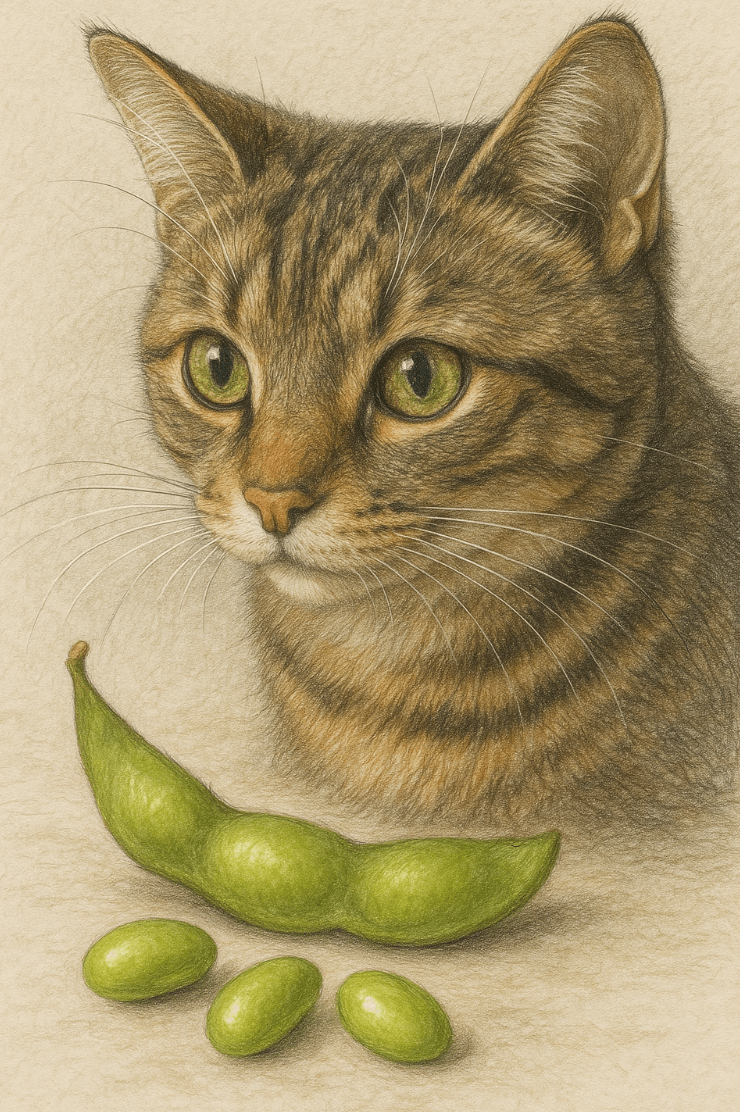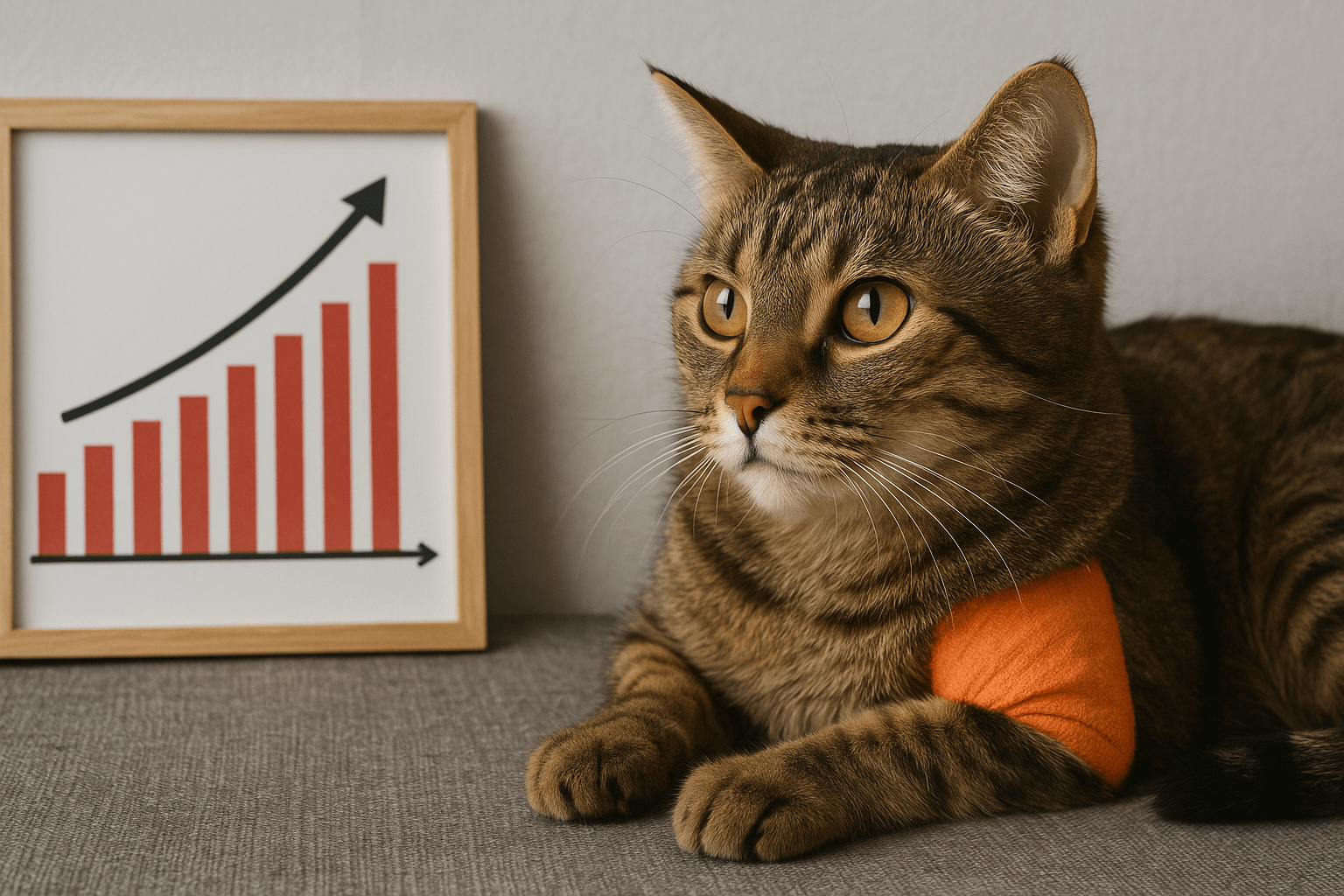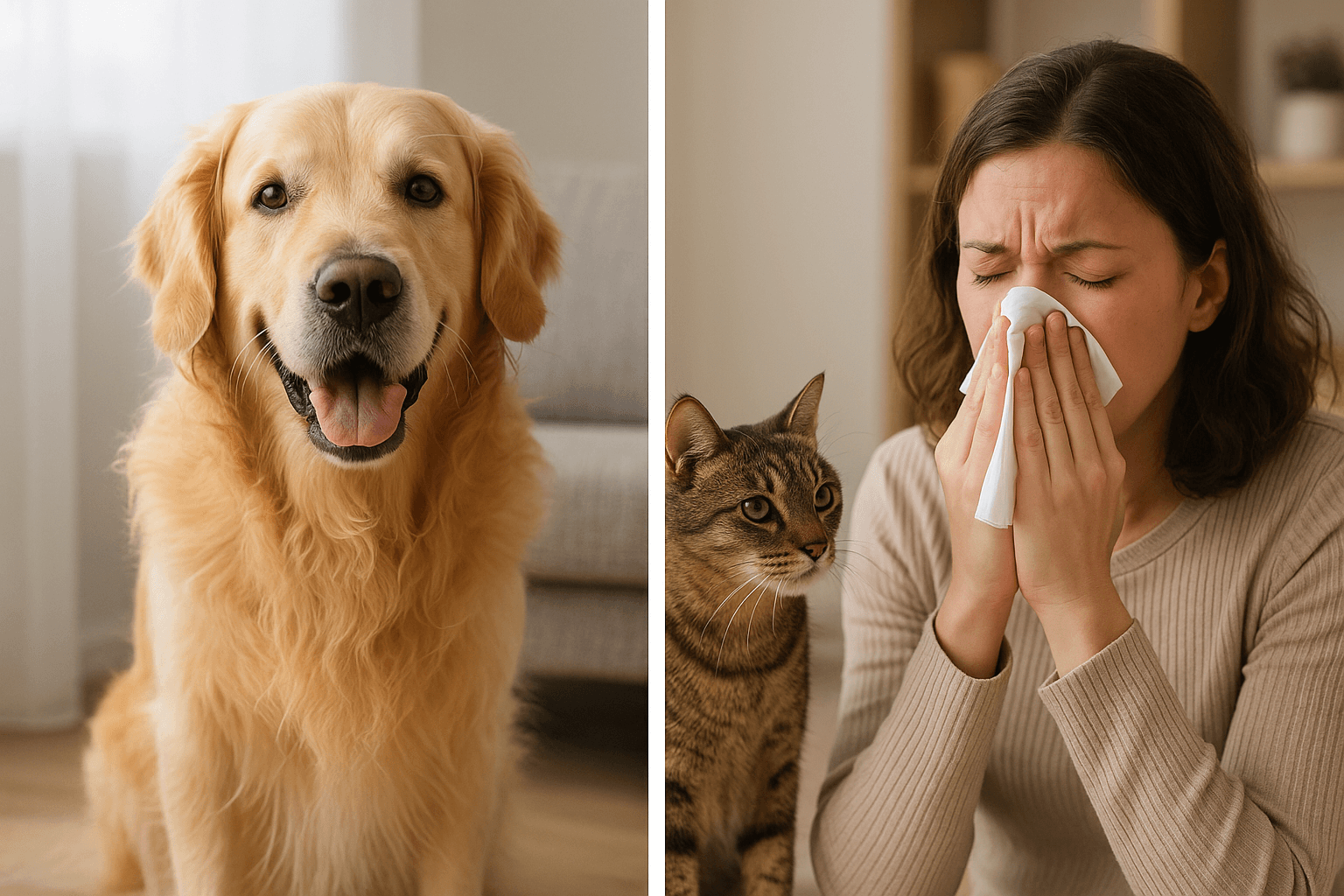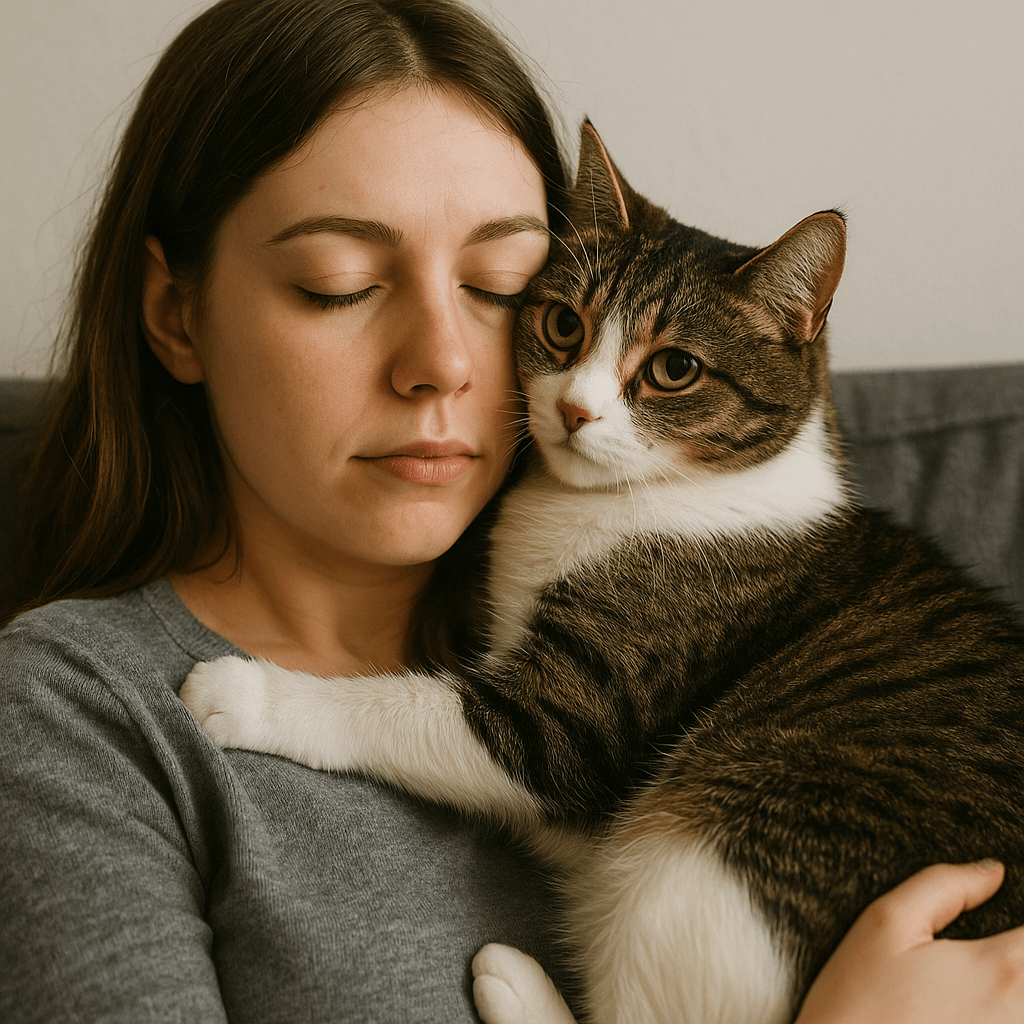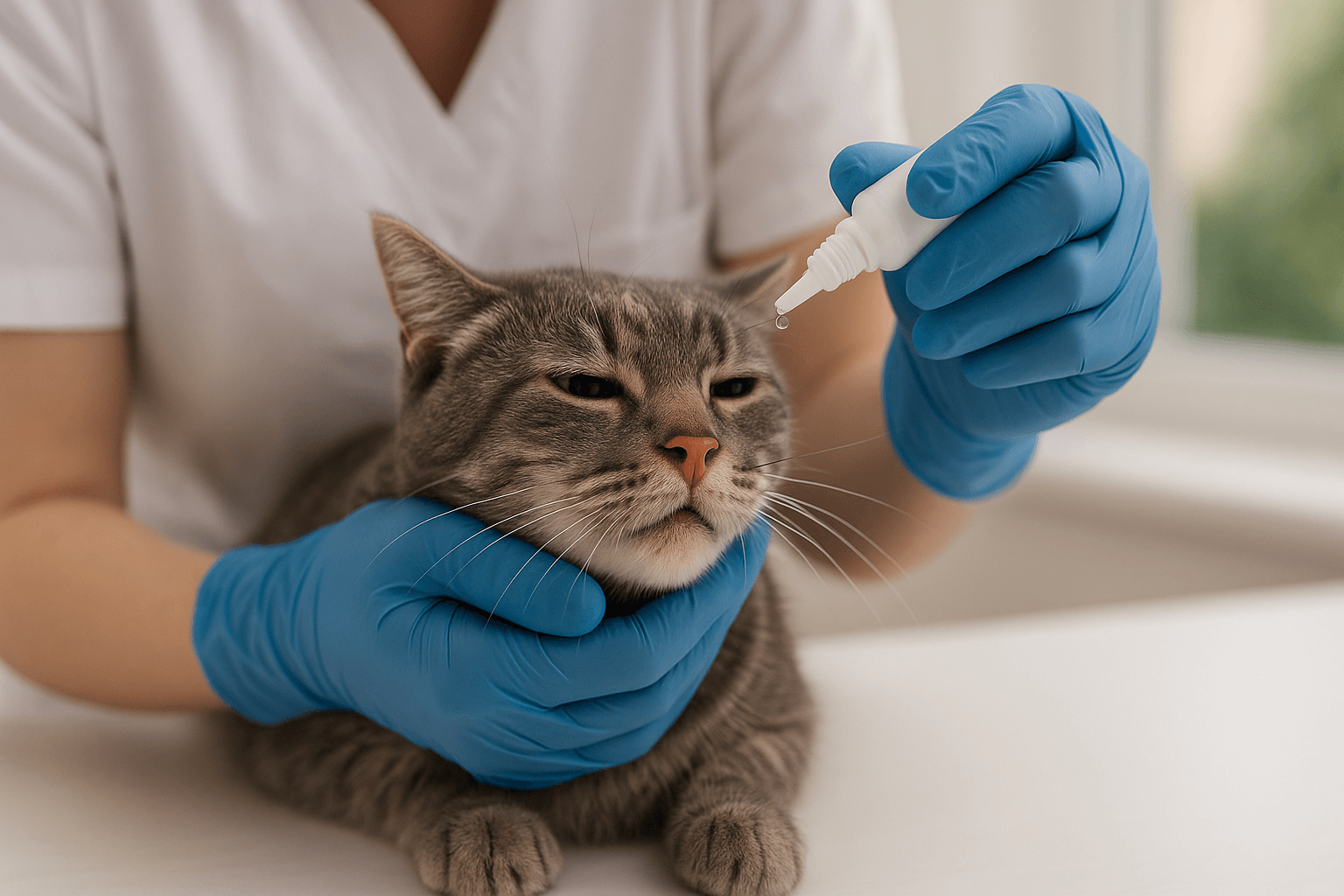Can Cats Eat Edamame?
As a cat owner, you may have wondered whether your feline friend can safely enjoy edamame, the young soybeans often served as a healthy snack for humans. While cats are obligate carnivores, meaning their diet should primarily consist of animal-based protein, they may occasionally show interest in plant-based foods like edamame. But is this legume safe for cats, and can it offer any nutritional benefits? In this blog post, we’ll explore everything you need to know about feeding edamame to your cat, from its potential advantages to important precautions. Let’s dive into the details and ensure your curious kitty stays happy and healthy.
Is Edamame Safe for Cats?
Edamame can be safe for cats in moderation, but there are important considerations to keep in mind before offering it as a treat. Here’s what you need to know about its safety and potential risks.
Plain and Unseasoned Only:
Edamame must be served plain, without added salt, spices, or oils, which can upset your cat’s stomach or even be toxic.No Pods Allowed:
The outer pods of edamame are not digestible for cats and could pose a choking hazard if ingested. Only offer the inner beans.Moderation is Key:
While edamame isn’t harmful in small amounts, excessive consumption can lead to digestive upset or interfere with nutrient absorption.Check for Allergies:
Some cats may have sensitivities or allergic reactions to soy products, so monitor them closely after introducing edamame.Avoid Processed Forms:
Pre-packaged or flavored edamame snacks often contain additives that are unsafe for cats, so stick to fresh or lightly steamed options.
By following these guidelines, you can ensure that edamame remains a safe and occasional treat for your furry companion.
Potential Benefits of Edamame for Cats
While cats don’t require plant-based foods in their diet, edamame can offer some minor nutritional benefits when given in moderation. Here’s how this legume might contribute to your cat’s well-being.
Source of Protein:
Edamame contains plant-based protein, though it’s not a substitute for the animal protein cats need. It can still provide a small nutritional boost.Rich in Fiber:
The fiber content in edamame can support healthy digestion and help regulate bowel movements in cats prone to constipation.Low in Fat:
Unlike fatty meats or treats, edamame is low in fat, making it a lighter option for cats who need to maintain a healthy weight.Packed with Vitamins:
Edamame contains vitamins like vitamin K and folate, which can contribute to overall health in small amounts.Hydration Support:
When served slightly steamed, edamame can encourage cats to take in a bit more moisture, aiding hydration.
While these benefits exist, they should be viewed as supplementary rather than essential to your cat’s diet.
Check this guide 👉Can Cats Eat Pecans? Best 7 Expert Tips!
Check this guide 👉Can Cats Eat Papaya? Best 7 Expert Tips!
Check this guide 👉Can Cats Eat Pretzels? Best 7 Expert Tips!
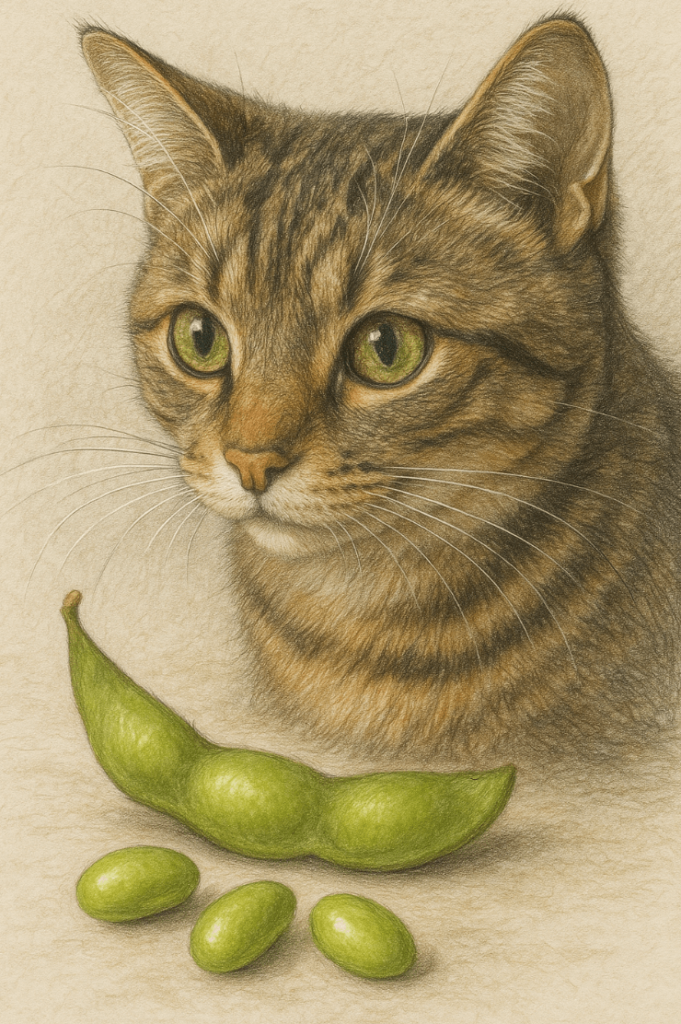
Safe Ways to Serve Edamame to Cats | Risks of Feeding Edamame Incorrectly |
|---|---|
Plain, unsalted, and unseasoned beans | Salted or seasoned edamame can harm kidneys |
Steamed or lightly boiled | Raw edamame may be harder to digest |
Small portions as an occasional treat | Overfeeding can cause digestive upset |
Inner beans only, no pods | Pods can cause choking or blockages |
Monitor for allergic reactions | Processed forms may contain toxic additives |
How to Introduce Edamame to Your Cat
If you decide to offer edamame to your cat, it’s important to introduce it gradually and observe their reaction. Follow these steps to ensure a smooth introduction.
Start with a Tiny Amount:
Offer just one or two beans at first to see how your cat reacts and to avoid overwhelming their system.Remove the Pods Completely:
Always remove the outer pods to prevent choking or digestive issues. Only serve the soft inner beans.Serve Plain and Unsweetened:
Avoid adding any seasonings, sauces, or sweeteners, as these can upset your cat’s stomach or be toxic.Monitor for Digestive Issues:
Watch for signs of vomiting, diarrhea, or discomfort after your cat eats edamame. If any occur, discontinue feeding it.Consult Your Veterinarian:
Before making edamame a regular treat, check with your vet to ensure it aligns with your cat’s dietary needs.
By taking these precautions, you can safely determine whether your cat enjoys and tolerates edamame.
Signs Your Cat May Not Tolerate Edamame
While many cats can enjoy edamame in small amounts, others may experience adverse reactions. Recognizing these signs will help you act quickly if something goes wrong.
Vomiting or Diarrhea:
These symptoms indicate digestive distress and suggest that edamame may not agree with your cat’s system.Excessive Drooling:
Drooling could signal irritation or discomfort caused by consuming edamame.Lethargy or Discomfort:
A sudden lack of energy or signs of pain might mean your cat is having trouble digesting the legume.Loss of Appetite:
Refusal to eat after trying edamame could indicate an allergic reaction or digestive issue.Swelling or Itching:
Facial swelling or excessive itching may point to an allergic response to soy.
If you notice any of these signs, stop feeding edamame immediately and consult your veterinarian.
Common Mistakes to Avoid When Feeding Edamame
Feeding edamame to your cat requires careful attention to detail to avoid mistakes that could harm their health. Here are some pitfalls to watch out for.
Adding Salt or Seasonings:
Seasoned edamame can lead to sodium toxicity or upset your cat’s stomach—always serve it plain.Offering Raw Edamame:
Raw edamame is harder to digest and may cause gastrointestinal issues; opt for lightly steamed beans instead.Feeding Large Portions:
Giving too much edamame can disrupt your cat’s digestion and nutrient balance—stick to small amounts.Ignoring Allergic Reactions:
Failing to observe your cat after introducing edamame could result in missed signs of allergies or intolerance.Including the Pods:
The tough outer pods can cause choking or intestinal blockages, so always remove them before serving.
Avoiding these mistakes ensures a safer experience for your cat.
Alternatives to Edamame for Cats
If you’re looking for other safe and nutritious treats for your cat, there are plenty of alternatives to edamame that align better with their dietary needs.
Cooked Chicken or Turkey:
Plain, boneless, and unseasoned poultry is an excellent source of protein for cats.Steamed Green Beans:
Low in calories and high in fiber, green beans can be a healthy occasional treat.Pumpkin Puree:
Plain canned pumpkin aids digestion and can help with hairballs when served in small amounts.Blueberries:
Rich in antioxidants, blueberries make a tasty and safe treat in moderation.Cat-Specific Treats:
Commercial treats formulated for cats ensure proper nutrition and safety.
These alternatives provide safer and more species-appropriate options for your feline friend.
Understanding Your Cat’s Dietary Needs
Cats have unique dietary requirements that differ significantly from humans and even dogs. Understanding these needs helps ensure their long-term health and happiness.
Obligate Carnivores:
Cats require a diet rich in animal-based protein, as they cannot synthesize certain nutrients from plant sources.Taurine Dependency:
Taurine, found in meat, is essential for heart health and vision; deficiencies can lead to serious health issues.Limited Carbohydrate Tolerance:
Cats process carbohydrates poorly, so high-carb foods like grains or legumes should be minimized.Hydration Importance:
Cats are prone to dehydration, so wet food or moisture-rich treats can support their hydration needs.Balanced Nutrition is Key:
A complete and balanced diet tailored to your cat’s age, size, and activity level is crucial for optimal health.
By prioritizing these dietary principles, you can provide your cat with the nourishment they need to thrive.
Frequently Asked Questions About Cats and Edamame
Can kittens eat edamame?
Kittens should avoid edamame, as their developing digestive systems are more sensitive and require species-appropriate nutrition.
How much edamame can I give my cat?
Limit edamame to one or two beans per serving, offered no more than once or twice a week.
Is edamame better than other human foods for cats?
While safer than many human foods, edamame should still be considered an occasional treat rather than a dietary staple.
What should I do if my cat accidentally eats the pod?
Monitor your cat closely for signs of choking or digestive blockage, and contact your vet if you notice any issues.
Can edamame replace cat food?
No, edamame lacks the essential nutrients cats need and should never replace a balanced, meat-based diet.
Feeding Edamame to Your Cat: Proceed with Caution
While edamame can be a safe and occasional treat for cats, it’s not a necessary part of their diet. As obligate carnivores, cats thrive on animal-based proteins, and plant-based foods like edamame should only supplement their meals in moderation. By understanding the potential benefits and risks, preparing edamame correctly, and monitoring your cat’s reaction, you can ensure this legume remains a harmless indulgence. Always prioritize your cat’s health and consult your veterinarian before introducing new foods. With care and attention, you can satisfy your cat’s curiosity while keeping them safe and nourished.
Cat Liver Disease Survival Rate: Best 7 Expert Tips! Discover expert advice on improving outcomes, treatment options, and care strategies for cats with liver disease. Learn how to support your feline friend today.
Dog vs Cat Allergies: Best 7 Expert Tips! Discover expert advice on managing pet allergies, reducing symptoms, and finding the perfect furry companion for your home.
My Cat Has Attachment Issues: Best 7 Expert Tips! Discover expert advice on understanding and addressing cat attachment issues to build a stronger, healthier bond with your feline friend.
Cat Runny Nose Treatment: Best 7 Expert Tips! Discover effective remedies and veterinary advice to soothe your cat’s nasal discomfort and ensure a speedy recovery.

